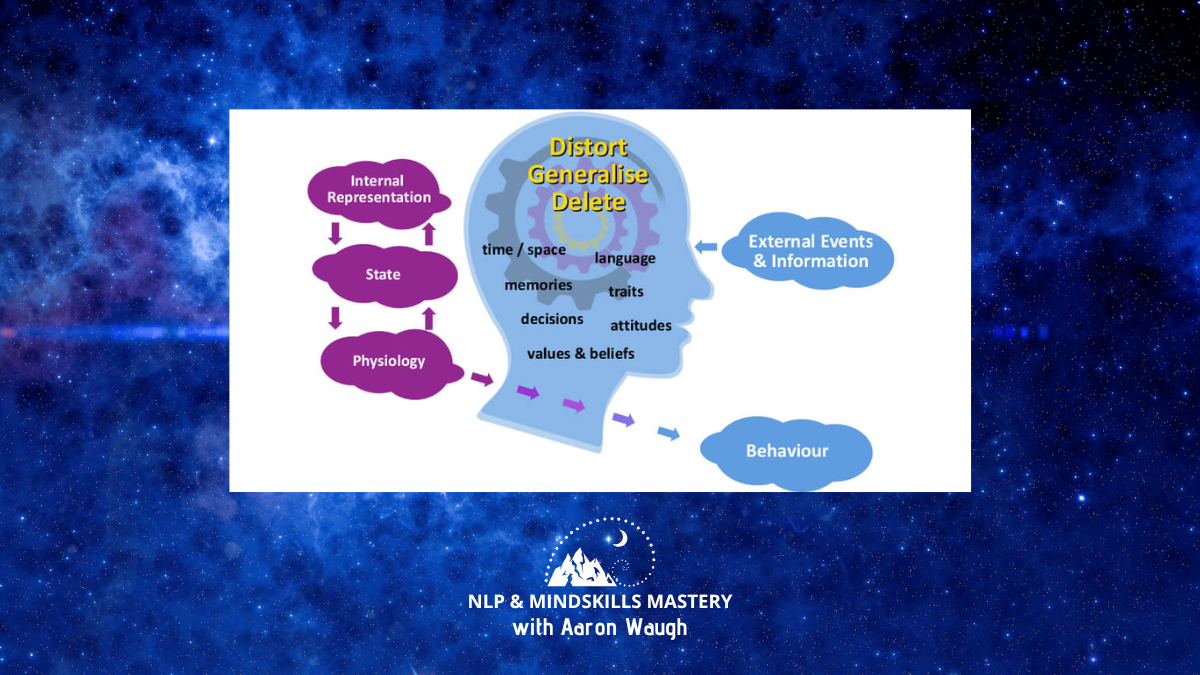3 Tips for Improving Your Communication

What the most common issues are in working in IT. As a communications trainer, I responded with something I notice every day in my work.
I had a conversation the other day with a presenter who was interested in NLP. She asked me what the most common issues are in working in IT. As a communications trainer, I responded with something I notice every day in my work. We all Generalise, Distort and Delete information in our communication which can create problems in our work environments.
Based on the work of NLP founders John Grinder and Richard Bandler in 1975, a communications model was developed to explain how and why we do this. We are constantly taking in information from all around us, and that information then travels through some filters which are based on our experiences and current state of mind or attitute, and that defines what may be important to us based on our values and beliefs.
If we then try and communicate that to someone, we generalise the information so that we can achieve a goal of communicating without telling them about every little thing that is going on in our mind. Everything that comes out of our mouth is largely based on what is generalised, distorted and deleted inside our heads.
When we generalise, we are drawing conclusions on what someone knows so that our communication can be applied for the achievement of a task. Think about a discussion at work, a team meeting or a conversation with a fellow employee. What we discuss is generalised, and we distort and delete information as we have already concluded that the person we work with understands what we are saying.
In a project, whether its an IT project, a business project, or even a building project, what is NOT said can lead to mistakes and assumptions about how we progress. When someone is trying to convey an idea or topic, lots of stuff gets left out, and so I’d like to give you a tip for enhancing your communication.
So, a useful tip is to ask the question about what is unclear in the communication you receive.
Ask – for what purpose? when someone states “we need to do this” thing, whatever it is. Ask – what specifically, and how specifically, about achieving this thing. Ask – when specifically this thing needs to be achieved by.
You can round robin these questions for every detail of the conversation if you are unclear as to what the person is communicating.
These 3 small communication tips can make a whole lot of difference to our communication and can significantly reduce our mis-interpretation on things that were said.
I’d like to invite you to recall a recent conversation with someone where you agreed to something, but didn’t really know what was being asked for. Now replay that conversation quickly in your mind, no more than 20 seconds, and review what was said.
Now if you replayed that conversation asking the questions I just provided you, would that conversation have gone better? Would you now know what was being asked for? Would it be more clear in your mind about what, when and how.
I have been in many meetings where things are said, and agreed, and yet no one takes action on the request. So every week the same meeting is held, and due to generalisation, deletion and distortion of our communication, things do not move forward or progress, as everyone is unclear on what it was they were trying to achieve.
About the Author
Aaron Waugh
Aaron is an ITA Certified NLP Trainer and Mind Skills Coach with a passion for creating success in organisational and IT centric environments.
 Aaron Waugh
Aaron Waugh 